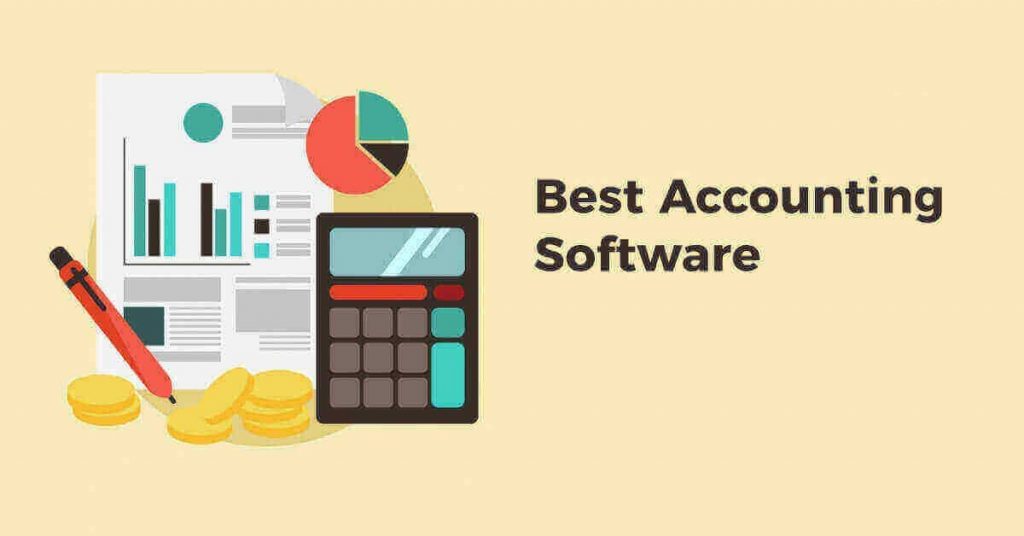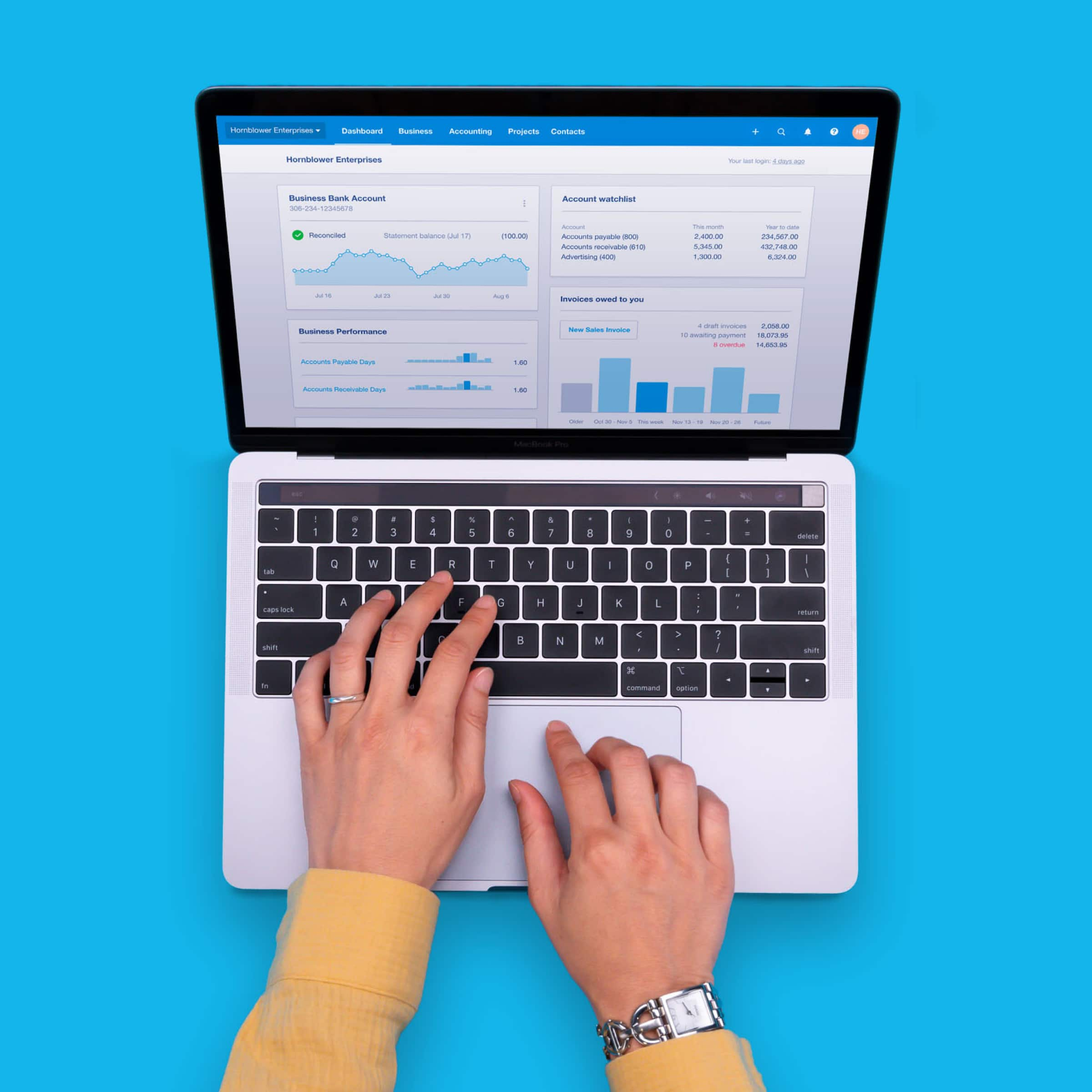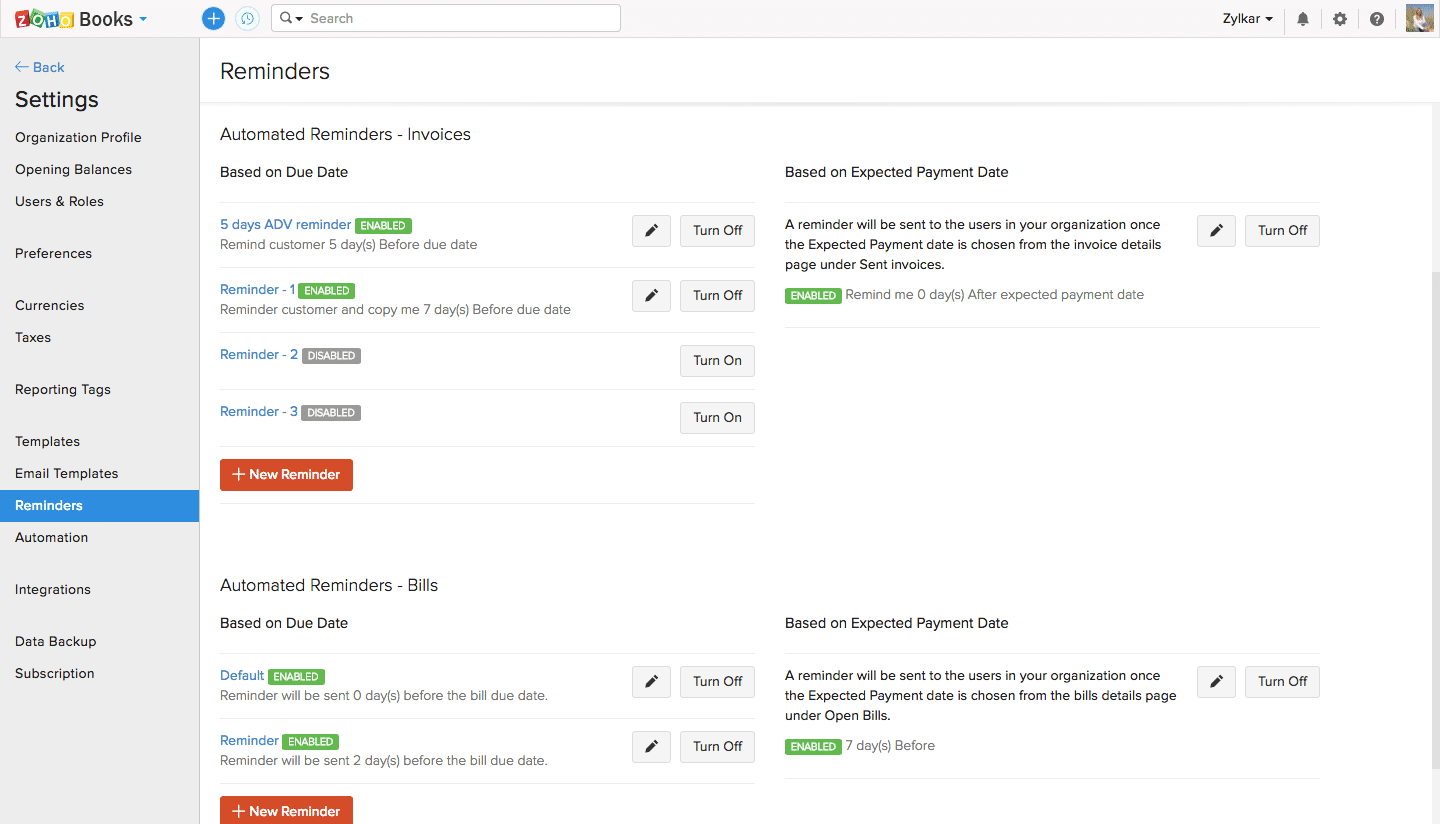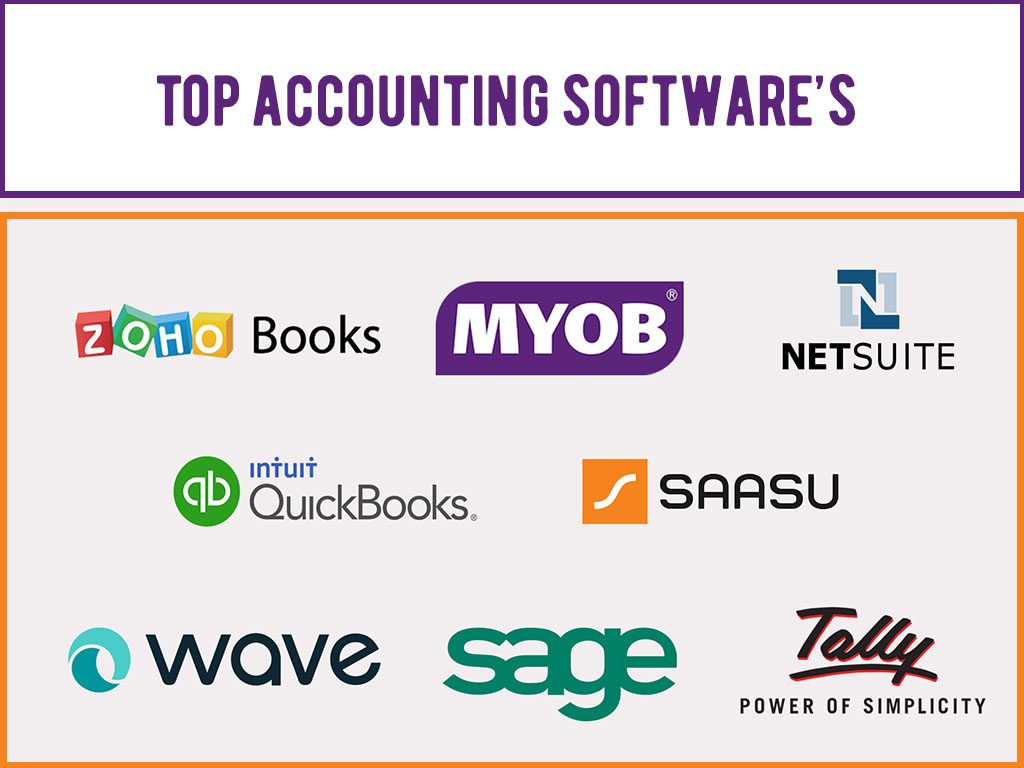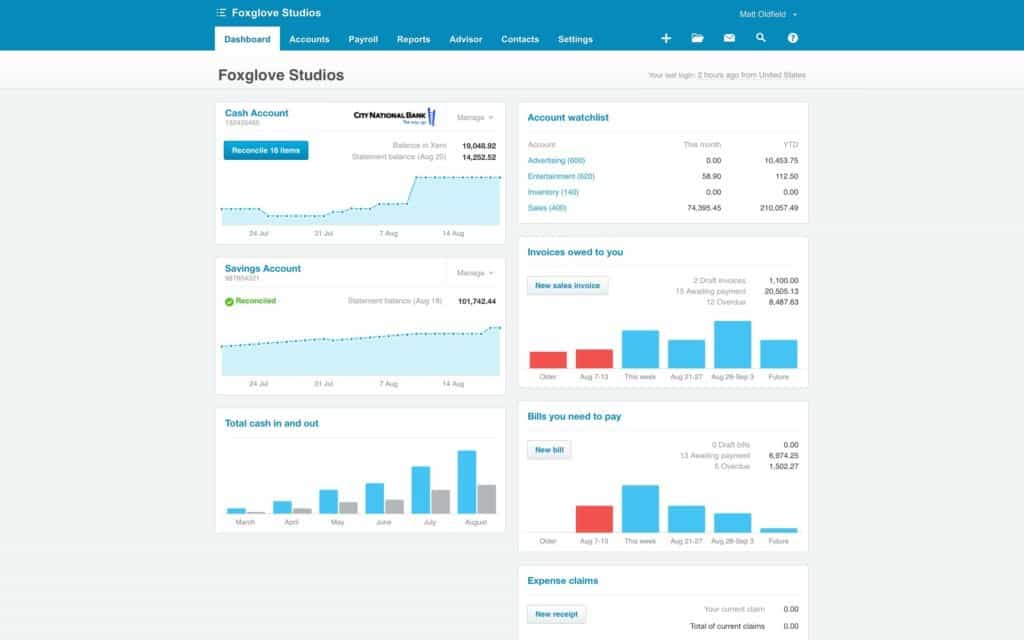Why You Need Specialized Accounting Software for Your Mac
As a Mac user, you’re likely no stranger to the importance of having the right tools for the job. When it comes to managing your finances, using accounting software specifically designed for Mac is crucial for several reasons. Firstly, compatibility is key. Mac-based accounting software is optimized to work seamlessly with your operating system, ensuring a smooth and efficient user experience. This compatibility also extends to other Mac applications, allowing for easy integration and data sharing.
Another significant benefit of using Mac-specific accounting software is ease of use. These programs are designed with the Mac user in mind, featuring intuitive interfaces and streamlined workflows that make it easy to navigate and manage your finances. This ease of use is particularly important for small business owners or individuals who may not have extensive accounting experience.
In addition to compatibility and ease of use, Mac-based accounting software also offers advanced security features to protect your financial data. These programs often include robust encryption, secure data storage, and regular backups to ensure your information is safe and secure.
When searching for the best accounting software for Mac, it’s essential to consider these factors to ensure you find a program that meets your specific needs. By choosing a Mac-specific accounting solution, you’ll be able to streamline your finances, reduce errors, and increase productivity. In the following sections, we’ll take a closer look at some of the top accounting software options for Mac, including QuickBooks, Xero, Zoho Books, and Wave.
How to Choose the Best Accounting Software for Your Mac-Based Business
When selecting the best accounting software for your Mac-based business, there are several factors to consider. Scalability is a crucial aspect, as your business grows and evolves. Look for software that can adapt to your changing needs, offering features such as multi-user access, customizable reporting, and automated workflows.
Security is another vital consideration. Ensure the software you choose has robust security measures in place, including data encryption, secure login protocols, and regular backups. This will protect your financial data from unauthorized access and potential breaches.
Customer support is also essential. Opt for software that offers comprehensive support, including online resources, phone support, and email assistance. This will ensure you can quickly resolve any issues that may arise, minimizing downtime and maximizing productivity.
Additionally, consider the software’s compatibility with other Mac applications and services. Seamless integration with tools like iCloud, iCal, and Contacts can streamline your workflow and enhance overall efficiency.
When evaluating the best accounting software for Mac, it’s also important to consider the pricing plans and any potential costs associated with upgrades or additional features. Be sure to review the software’s pricing structure and ensure it aligns with your business needs and budget.
By carefully considering these factors, you can make an informed decision and choose the best accounting software for your Mac-based business. In the following sections, we’ll take a closer look at some of the top accounting software options for Mac, including QuickBooks, Xero, Zoho Books, and Wave.
QuickBooks for Mac: A Comprehensive Review
QuickBooks for Mac is one of the most popular accounting software options for Mac-based businesses. Developed by Intuit, QuickBooks offers a comprehensive range of features that cater to the needs of small to medium-sized businesses. In this review, we’ll delve into the features, pricing, and user interface of QuickBooks for Mac, highlighting its strengths and weaknesses.
Features:
QuickBooks for Mac offers a wide range of features that make it an ideal choice for Mac-based businesses. Some of the key features include:
- Financial statement preparation: QuickBooks allows users to create professional-looking financial statements, including balance sheets, income statements, and cash flow statements.
- Invoicing and payment tracking: The software enables users to create and send invoices, track payments, and manage accounts receivable.
- Expense tracking: QuickBooks allows users to track expenses, categorize them, and generate reports.
- Inventory management: The software provides tools for managing inventory, including tracking stock levels, monitoring orders, and generating reports.
- Payroll management: QuickBooks offers payroll management features, including calculating payroll taxes, generating pay stubs, and managing employee benefits.
Pricing:
QuickBooks for Mac offers several pricing plans, including:
- QuickBooks Pro: $299.99 (one-time purchase)
- QuickBooks Premier: $499.99 (one-time purchase)
- QuickBooks Enterprise: $1,299.99 (one-time purchase)
- QuickBooks Online: $10-$30 per month (subscription-based)
User Interface:
The user interface of QuickBooks for Mac is intuitive and easy to navigate. The software features a clean and organized design, making it easy for users to find the features they need. The dashboard provides a comprehensive overview of the business’s financial situation, including income, expenses, and cash flow.
Strengths and Weaknesses:
QuickBooks for Mac has several strengths, including its comprehensive range of features, user-friendly interface, and scalability. However, some users may find the software’s pricing plans to be steep, particularly for small businesses. Additionally, QuickBooks can be overwhelming for users who are new to accounting software.
Examples of Use:
QuickBooks for Mac is ideal for small to medium-sized businesses that require a comprehensive accounting solution. For example, a retail business can use QuickBooks to manage inventory, track sales, and generate financial statements. A service-based business can use QuickBooks to track expenses, manage invoices, and generate reports.
In conclusion, QuickBooks for Mac is a powerful accounting software that offers a wide range of features, a user-friendly interface, and scalability. While it may have some drawbacks, including pricing and complexity, it is an ideal choice for Mac-based businesses that require a comprehensive accounting solution. When choosing the best accounting software for Mac, consider QuickBooks as a top option.
Xero for Mac: A Cloud-Based Accounting Solution
Xero for Mac is a cloud-based accounting software that offers a comprehensive range of features for Mac-based businesses. As one of the best accounting software for Mac, Xero provides a scalable and secure solution for managing finances, invoicing, and inventory.
Cloud-Based Features:
Xero’s cloud-based features allow users to access their financial data from anywhere, at any time. This means that businesses can manage their finances on-the-go, without being tied to a specific location. Xero’s cloud-based features also enable real-time collaboration, allowing multiple users to work on financial data simultaneously.
Automated Tasks:
Xero offers a range of automated tasks that streamline financial management. For example, Xero’s automated invoicing feature allows businesses to create and send invoices quickly and easily. Xero also offers automated expense tracking, which enables businesses to track expenses and categorize them for easy reporting.
Collaboration Tools:
Xero’s collaboration tools enable businesses to work with their accountants and bookkeepers in real-time. Xero’s online portal allows accountants and bookkeepers to access financial data, provide advice, and make adjustments as needed.
Pricing Plans:
Xero offers a range of pricing plans to suit different business needs. The plans include:
- Early: $9 per month (suitable for small businesses with simple financial needs)
- Growing: $30 per month (suitable for growing businesses with more complex financial needs)
- Established: $60 per month (suitable for established businesses with advanced financial needs)
Examples of Use:
Xero for Mac is ideal for businesses that require a cloud-based accounting solution. For example, a retail business can use Xero to manage inventory, track sales, and generate financial reports. A service-based business can use Xero to track expenses, manage invoices, and collaborate with accountants and bookkeepers.
Strengths and Weaknesses:
Xero for Mac has several strengths, including its cloud-based features, automated tasks, and collaboration tools. However, some users may find Xero’s pricing plans to be steep, particularly for small businesses. Additionally, Xero’s user interface can be overwhelming for users who are new to accounting software.
Recommendations:
Xero for Mac is a top choice for businesses that require a cloud-based accounting solution. When choosing the best accounting software for Mac, consider Xero’s scalability, security, and collaboration tools. Xero is ideal for businesses that require real-time financial data, automated tasks, and collaboration with accountants and bookkeepers.
Zoho Books for Mac: A Budget-Friendly Accounting Option
Zoho Books for Mac is a budget-friendly accounting software that offers a comprehensive range of features for small businesses. As one of the best accounting software for Mac, Zoho Books provides a scalable and secure solution for managing finances, invoicing, and inventory.
Features:
Zoho Books for Mac offers a range of features that make it an ideal choice for small businesses. Some of the key features include:
- Financial statement preparation: Zoho Books allows users to create professional-looking financial statements, including balance sheets, income statements, and cash flow statements.
- Invoicing and payment tracking: The software enables users to create and send invoices, track payments, and manage accounts receivable.
- Expense tracking: Zoho Books allows users to track expenses, categorize them, and generate reports.
- Inventory management: The software provides tools for managing inventory, including tracking stock levels, monitoring orders, and generating reports.
Pricing:
Zoho Books for Mac offers a range of pricing plans to suit different business needs. The plans include:
- Basic: $9 per month (suitable for small businesses with simple financial needs)
- Standard: $19 per month (suitable for growing businesses with more complex financial needs)
- Professional: $29 per month (suitable for established businesses with advanced financial needs)
User Interface:
The user interface of Zoho Books for Mac is intuitive and easy to navigate. The software features a clean and organized design, making it easy for users to find the features they need. The dashboard provides a comprehensive overview of the business’s financial situation, including income, expenses, and cash flow.
Strengths and Weaknesses:
Zoho Books for Mac has several strengths, including its budget-friendly pricing, comprehensive range of features, and user-friendly interface. However, some users may find the software’s customer support to be limited, particularly for businesses with complex financial needs.
Examples of Use:
Zoho Books for Mac is ideal for small businesses that require a budget-friendly accounting solution. For example, a retail business can use Zoho Books to manage inventory, track sales, and generate financial reports. A service-based business can use Zoho Books to track expenses, manage invoices, and generate reports.
Recommendations:
Zoho Books for Mac is a top choice for businesses that require a budget-friendly accounting solution. When choosing the best accounting software for Mac, consider Zoho Books’ scalability, security, and user-friendly interface. Zoho Books is ideal for small businesses that require a comprehensive accounting solution without breaking the bank.
Wave for Mac: A Free Accounting Solution for Small Businesses
Wave for Mac is a free accounting solution designed for small businesses and solo entrepreneurs. This cloud-based software offers a range of features that make it an attractive option for Mac users, including invoicing tools, payment processing capabilities, and financial reporting. With Wave, users can create professional-looking invoices, track payments, and manage their finances in one place.
One of the standout features of Wave for Mac is its invoicing tool. Users can create custom invoices with their own branding and send them to clients via email or online. The software also allows users to track payments and send reminders to clients who are late with their payments. Additionally, Wave offers payment processing capabilities, allowing users to accept credit card payments and bank transfers directly through the software.
Wave for Mac also offers a range of financial reporting tools, including balance sheets, income statements, and cash flow statements. Users can also track their expenses and income, and generate reports to help them make informed business decisions. The software also integrates with other Mac applications, such as iCloud and Google Drive, making it easy to import and export data.
While Wave for Mac is a free accounting solution, it does have some limitations. For example, the software is designed for small businesses and solo entrepreneurs, and may not be suitable for larger businesses or those with more complex accounting needs. Additionally, Wave’s customer support is limited to online resources and email support, which may not be sufficient for users who need more personalized support.
Despite these limitations, Wave for Mac is a solid option for small businesses and solo entrepreneurs who need a free accounting solution. Its invoicing tools, payment processing capabilities, and financial reporting features make it a great choice for Mac users who want to streamline their finances and grow their business. When looking for the best accounting software for Mac, Wave is definitely worth considering, especially for those on a budget or with simple accounting needs.
Comparing the Top Accounting Software for Mac: A Feature-by-Feature Breakdown
When it comes to choosing the best accounting software for Mac, there are several options to consider. In this article, we’ve reviewed five top accounting software for Mac, including QuickBooks, Xero, Zoho Books, Wave, and others. To help you make an informed decision, we’ve created a comparison table highlighting the key features of each software.
The comparison table below outlines the main features of each accounting software, including pricing, scalability, security, customer support, and more.
| Software | Pricing | Scalability | Security | Customer Support | Invoicing Tools | Payment Processing |
|---|---|---|---|---|---|---|
| QuickBooks for Mac | $299.99/year | High | High | Phone, email, online resources | Yes | Yes |
| Xero for Mac | $9-$30/month | High | High | Phone, email, online resources | Yes | Yes |
| Zoho Books for Mac | $9-$25/month | Medium | Medium | Email, online resources | Yes | Yes |
| Wave for Mac | Free | Low | Medium | Email, online resources | Yes | Yes |
Based on the comparison table, it’s clear that each accounting software has its strengths and weaknesses. QuickBooks for Mac is a great option for large businesses or those with complex accounting needs, while Xero for Mac is a good choice for businesses that need a cloud-based solution with automated tasks and collaboration tools. Zoho Books for Mac is a budget-friendly option for small businesses, while Wave for Mac is a great choice for solo entrepreneurs or small businesses with simple accounting needs.
When choosing the best accounting software for Mac, consider your business needs and budget. Look for software that offers the features you need, such as invoicing tools, payment processing, and financial reporting. Also, consider the scalability and security of the software, as well as the level of customer support offered.
Getting the Most Out of Your Mac Accounting Software
Once you’ve chosen the best accounting software for Mac, it’s essential to get the most out of it. Here are some tips and best practices to help you set up and customize the software, manage data, and troubleshoot common issues.
Setting up and customizing your Mac accounting software is crucial to ensure it meets your business needs. Start by familiarizing yourself with the software’s user interface and features. Most accounting software for Mac offers a setup wizard that guides you through the process of setting up your company, creating accounts, and configuring settings.
Customizing your accounting software can help you streamline your workflow and improve productivity. Look for software that allows you to create custom invoices, receipts, and reports. You can also customize the software’s dashboard to display the information that’s most important to your business.
Managing data is critical to maintaining accurate financial records. Make sure to regularly back up your data to prevent loss in case of a system failure or other disaster. Most accounting software for Mac offers automatic backup features, but it’s still essential to verify that your data is being backed up correctly.
Troubleshooting common issues can help you resolve problems quickly and efficiently. Most accounting software for Mac offers online resources, such as user manuals, FAQs, and community forums, to help you troubleshoot common issues. You can also contact the software’s customer support team for assistance.
Additionally, consider the following best practices to get the most out of your Mac accounting software:
- Regularly update your software to ensure you have the latest features and security patches.
- Use strong passwords and enable two-factor authentication to protect your data.
- Set up automatic payment reminders to ensure timely payments from clients.
- Use the software’s reporting features to gain insights into your business’s financial performance.
By following these tips and best practices, you can get the most out of your Mac accounting software and streamline your financial management. Whether you’re using QuickBooks, Xero, Zoho Books, or Wave, these tips can help you optimize your accounting software and improve your business’s financial performance.

